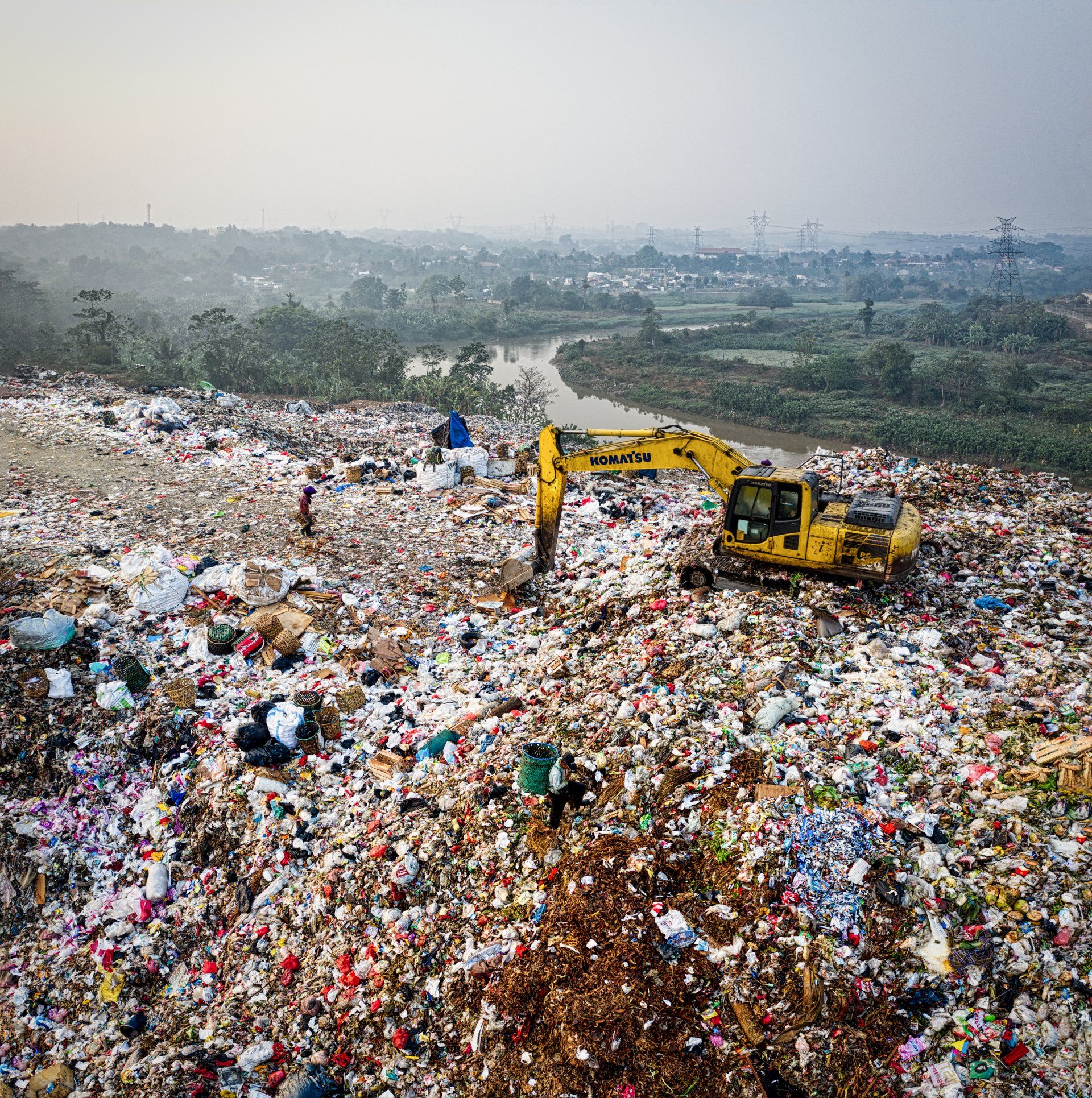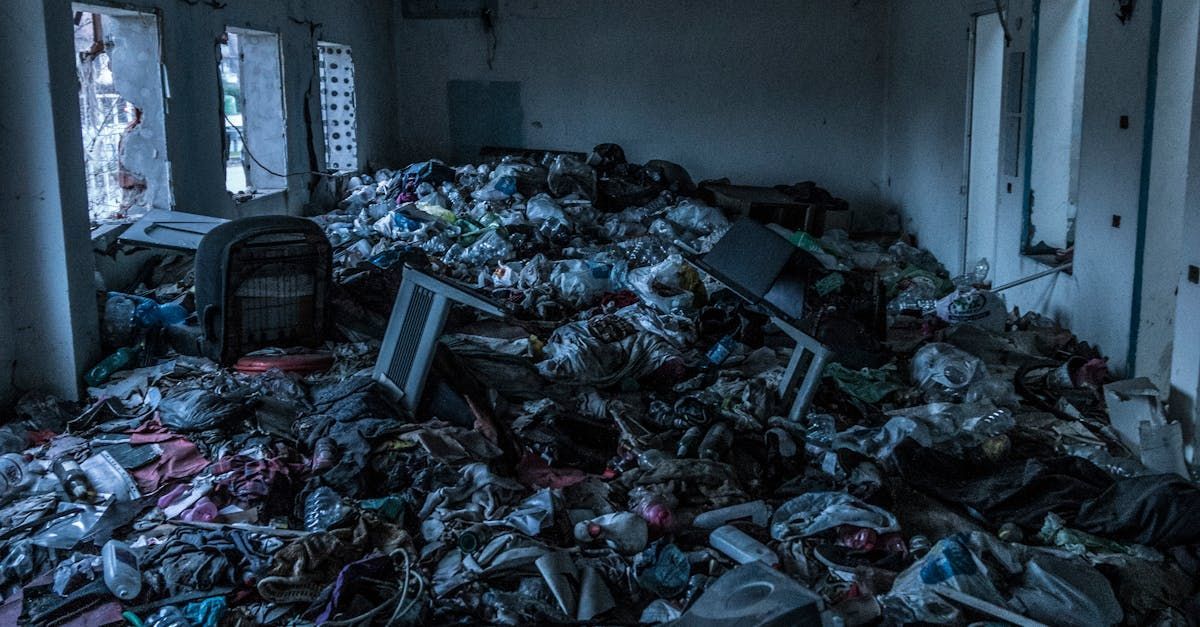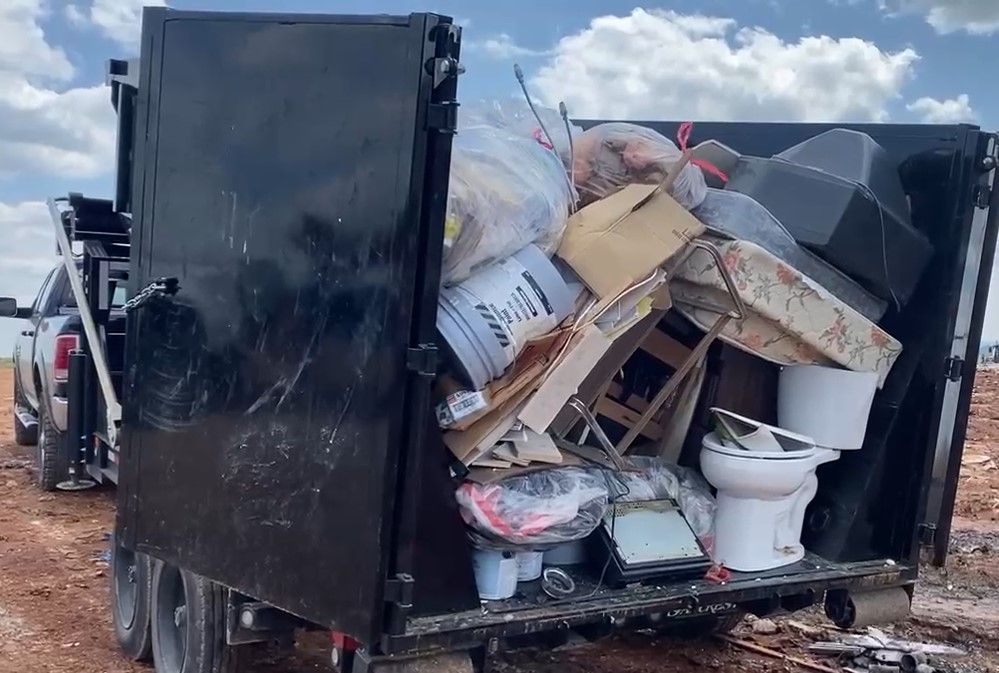When managing a busy construction site in Springfield, Missouri, having a dependable waste management solution is essential. Whether you're handling new construction, home renovations, or commercial demolition, on-demand roll-off dumpster rentals in Springfield, MO help keep your site clean, organized, and OSHA-compliant.
Why Choose Roll-Off Dumpster Rentals for Springfield Construction Projects?
Springfield’s growing construction and remodeling industry generates tons of debris—wood, drywall, concrete, roofing materials, and more. With a construction dumpster rental in Springfield, you can:
- Easily dispose of job site waste in one central location
- Reduce safety hazards caused by loose debris
- Keep your crew focused and productive
- Ensure proper disposal in compliance with Springfield, MO waste regulations
Whether your job site is downtown, in the suburbs, or on the outskirts of Greene County, a roll-off dumpster makes debris removal fast and hassle-free.
Benefits of On-Demand Dumpster Rentals in Springfield
What sets on-demand dumpster rentals apart? Flexibility. Many top-rated Springfield dumpster rental companies offer:
- Same-day or next-day delivery for urgent projects
- Custom rental periods based on your construction timeline
- Flexible pickup and swap-out options
- Multiple dumpster sizes to match the scope of your work.
With construction timelines often shifting due to weather or supply chain delays, this flexibility helps keep your project on track.
What Size Dumpster Do You Need?
Choosing the right size roll-off dumpster is key to staying efficient and avoiding overflow. Dumpster sizes commonly available in Springfield MO include:
- 10-yard dumpsters – Great for small remodels or garage cleanouts
- 20-yard dumpsters – Ideal for kitchen/bath renovations and roofing jobs
- 30-yard dumpsters – Best for new construction and full-house cleanouts
- 40-yard dumpsters – Perfect for commercial construction and major demos
Need help choosing the right size? Most local providers offer expert advice to make the process easy.
Local Springfield Knowledge Makes a Difference
Hiring a local dumpster rental company in Springfield, Missouri ensures:
- Fast delivery & pickup anywhere in Greene County, Taney county and the surrounding counties
- Knowledge of local permit regulations (especially if placing a dumpster on the street)
- Close access to Springfield landfills and transfer stations
- Better customer service from teams based in the Ozarks region
Springfield Dumpster will understand your specific job site needs and help you stay compliant with city regulations.
Call Today for Springfield’s Best Dumpster Rental Service
Ready to rent a roll-off dumpster for your Springfield construction site? Don’t wait for delays to pile up—book your on-demand dumpster today.
Springfield Dumpster offers fast, affordable, and reliable dumpster rentals in Springfield, MO for contractors, builders, and homeowners. Get the right size delivered to your site—on time and on budget.
👉
Call [417-815-7478] or
Book Online at [www.springfield-dumpster.com] to get started today!
You might also like
Bin Buzz


